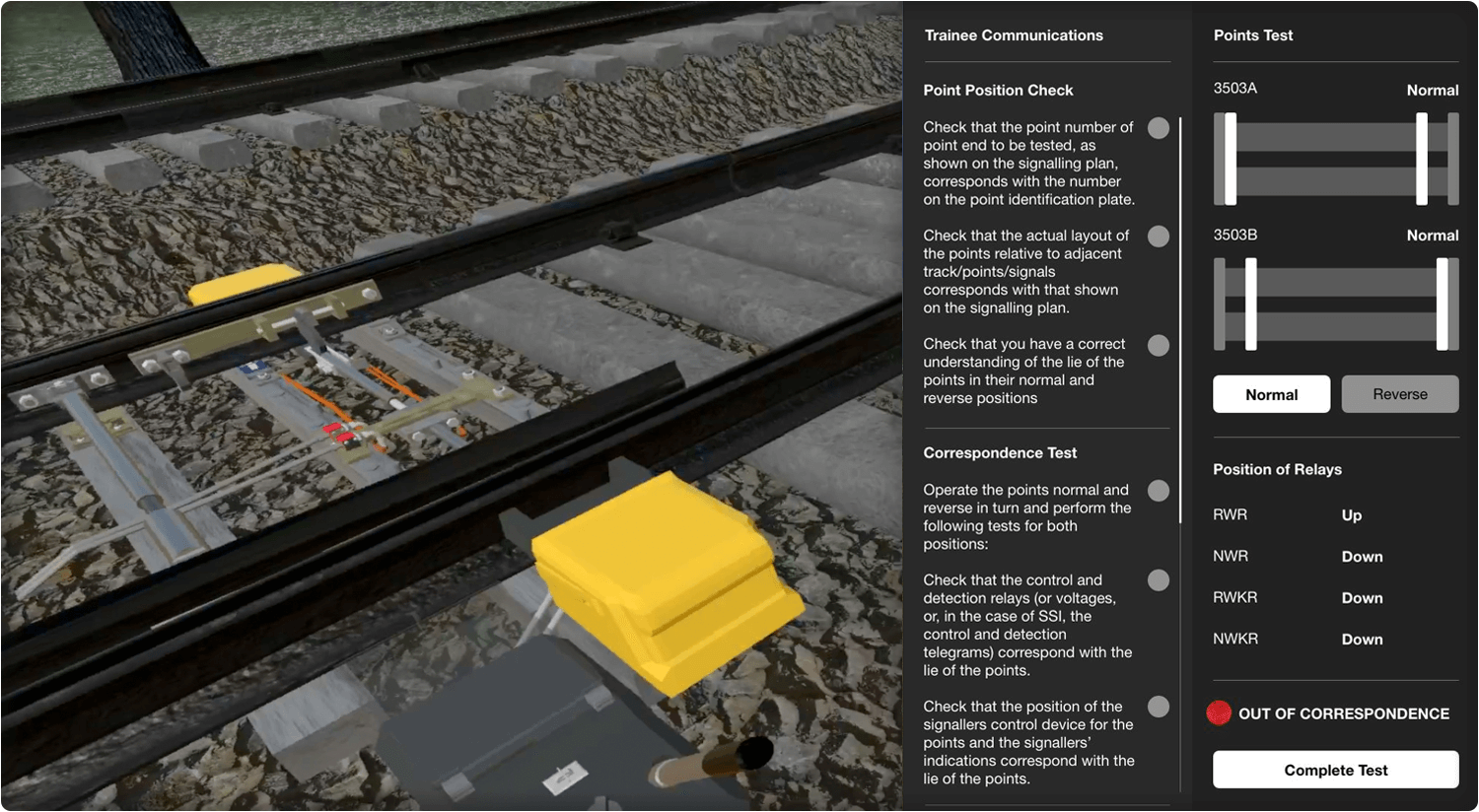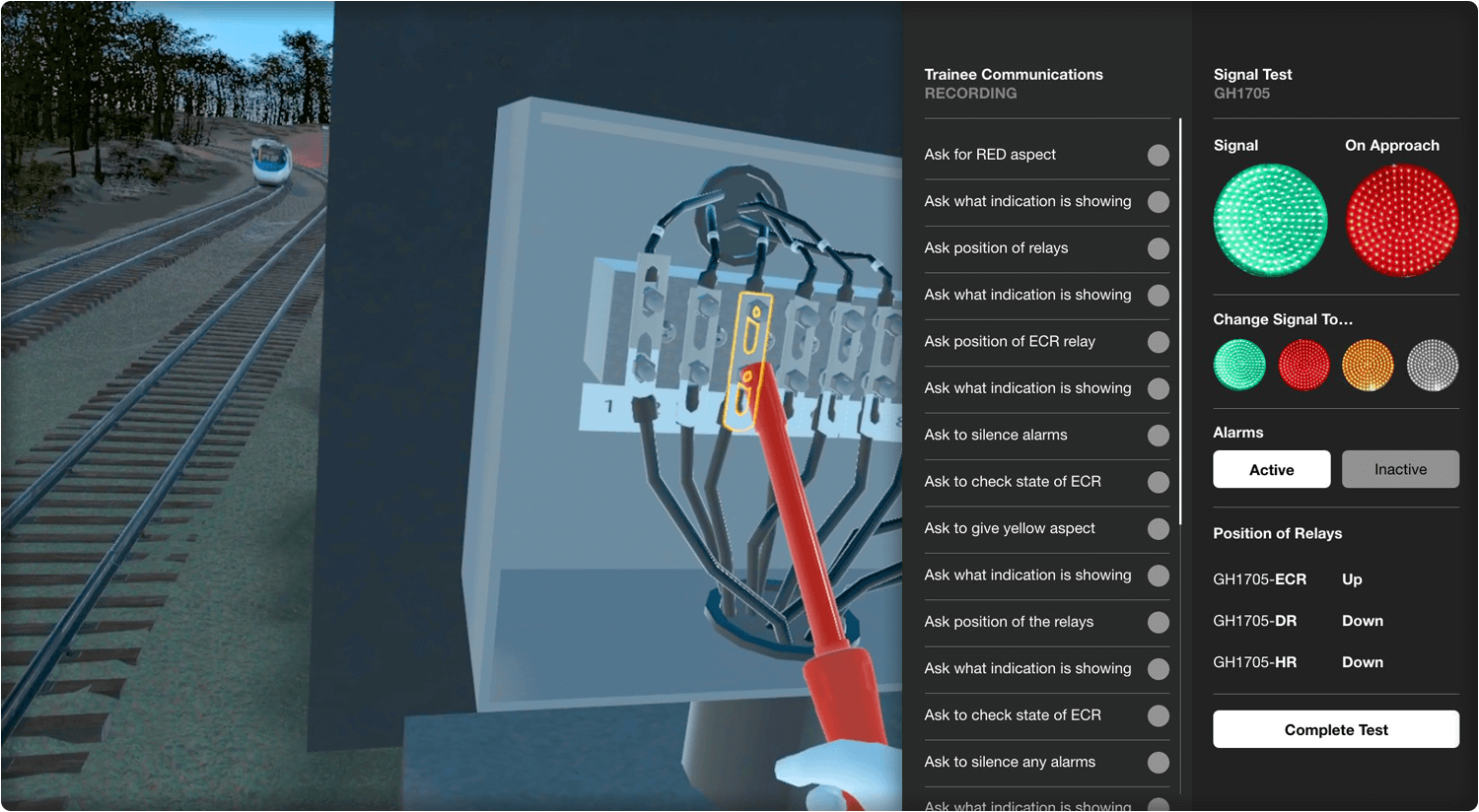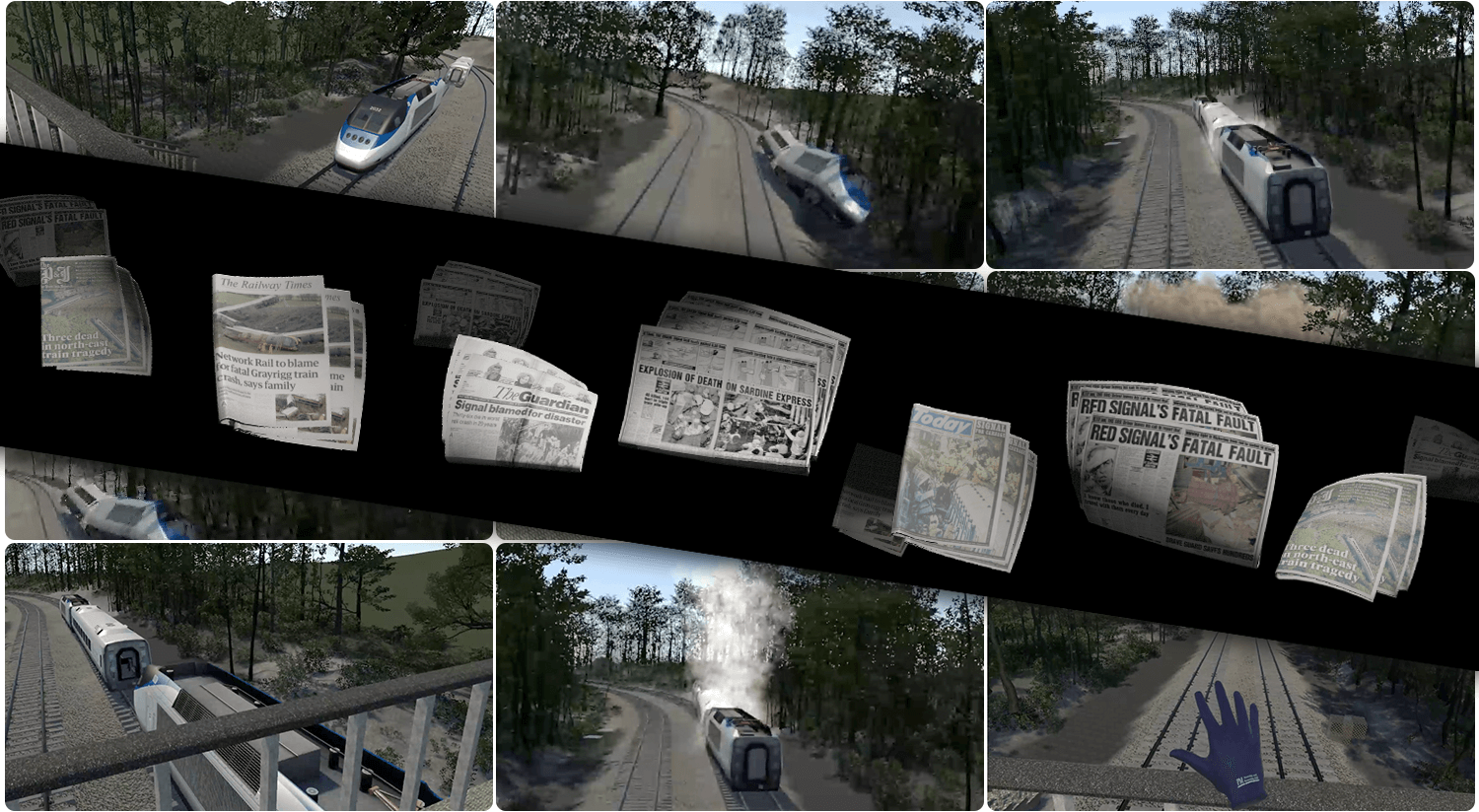PM Training & Assessing
A Virtual Reality System to Cut Rail Disasters
Paul and Pam Martin approached CEMET for support in developing a virtual environment, to give trainee railway engineers an understanding of what can go wrong if vital railway systems are incorrectly tested. Having witnessed one of the worst train crashes in British history, Paul went into partnership with his wife Pam, an experience trainer, to develop a system to provide railway engineers the skills needed to guarantee rail safety.



Having already developed a mobile facility to give engineers around the country hands-on training on simulated systems used on the railways, Paul and Pam realised that while the machinery was similar the experience of being on-site track-side was missing and so they wanted to expand their business, PM Training & Assessing, to take on virtual reality, getting in touch with CEMET to help bring that aspect of the experience to life offering VR training to their customers in two key areas; signal testing and points testing.
The Training & Assessment Process
In order to support both the trainee and the trainer the PM Training & Assessing application was created as an asymmetrical experience, both parties will have different views onto the same digital world, and both will have different things to focus on and do.
The trainee will have to complete the training tasks required of them while the trainer will play the roles of an engineer operating at a remote location and be able to affect change in the virtual environment, through the use of on-screen controls, and communicate information to the trainee verbally.
The tests that the trainees were required to complete were a “Signal” test, whereby as series of safety checks are physically carried out to ensure the signalling system can effectively alert train drivers, and a “Points” test in which the trainee manually pumps the rail points on the track to change alignments and determine that they are fully functioning.
Consequences of actions
I was an apprentice when the Clapham Junction accident happened in 1988, when 35 people were killed, I was on site, and I never want to see anything like that ever happen again, or anyone to go through that… If you can show people the consequences of their actions, in a training environment, then that’s a way of shocking them into realising what can happen if they get things wrong.
-Paul Martin
To iterate the vital importance of these tests being carried out successfully we produced outcome scenarios based on either possibly failures showing the trainee the resulting derailment and back-ending of an oncoming train within their virtual environment. this is then followed by a dark environment where the trainee is surrounded by real newspaper coverage of rail disasters.
To learn more about PMT&A’s latest work, visit pmtanda.co.uk .
“CEMET has been fantastic all the way through, so supportive and brilliant.
They got on board with the technical side from the start, understood how it needed to work, and ensured that the VR showed all it needed to show, and to be as hard-hitting as possible at the end. What they produced was incredible.”
